In today’s automotive industry, managing heat efficiently is critical for both performance and durability. Automotive electronic water pumps and auxiliary water pumps are evolving rapidly, with new technologies enabling smarter, more responsive cooling. Xinhao, a manufacturer dedicated to automotive thermal components, is contributing to this innovation by integrating sensors, adaptive control systems, and optimized motor designs into their water pump solutions.
Now that engines and hybrid powertrains operate under increasingly variable conditions, traditional cooling methods often fall short. Automotive electronic water pumps with intelligent flow control can adjust coolant distribution in real time, responding to changes in load, temperature, and ambient conditions. Meanwhile, auxiliary water pumps ensure that secondary circuits, such as turbochargers or HVAC systems, receive precise coolant flow independent of the main engine operation. Together, these pumps create a cohesive thermal network, enhancing overall vehicle efficiency.
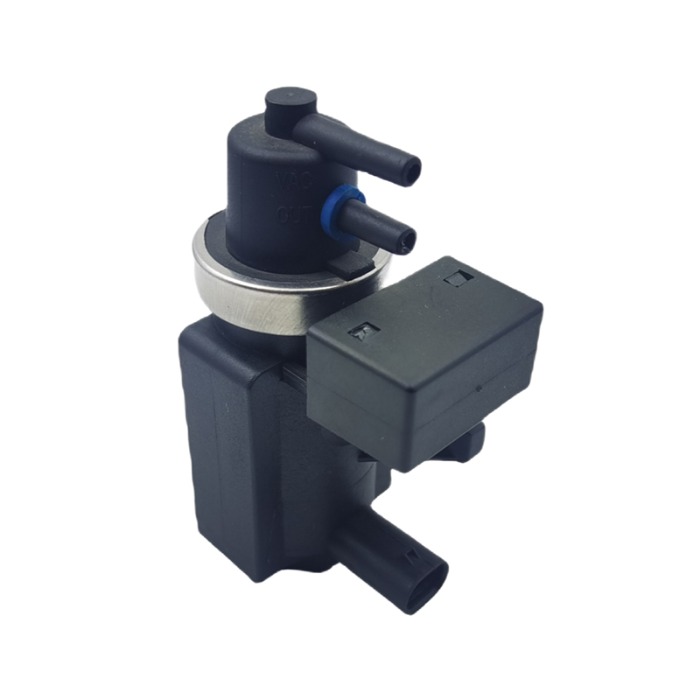
- Smart Pump Technologies
Recent innovations have focused on embedding intelligence directly into pump operation. Key developments include:
Integrated Temperature Sensors: These sensors allow the pump to monitor multiple points within the cooling circuit, providing real-time feedback to control units.
Variable-Speed Motors: By adjusting speed dynamically, pumps can deliver just the right amount of coolant, reducing energy consumption without compromising performance.
Predictive Control Algorithms: Advanced software can anticipate thermal spikes, activating the pump proactively to maintain stability.
These features, pioneered in part by Xinhao’s engineering teams, represent a shift from purely reactive cooling systems to predictive, adaptive thermal management.
- Application Scenarios in Modern Vehicles
Automotive thermal management is no longer limited to engines. Electronic water pumps now find applications across a variety of systems:
Turbocharged Engines: Rapid heat generation requires fast, precise coolant circulation to prevent hotspots and maintain efficiency.
Hybrid Powertrains: Auxiliary pumps circulate coolant to batteries and power electronics even when the engine is off, supporting start-stop operation and electric-only driving.
Climate Control Systems: Electronic pumps can assist HVAC circuits, enhancing cabin comfort without placing additional load on the engine.
In each case, the integration of electronic and auxiliary water pumps creates a synchronized network that responds to the vehicle’s operating conditions in real time.
- System-Level Coordination
One of the most exciting aspects of recent pump innovations is system-level coordination. Modern vehicles use control units to manage engine, battery, and cabin thermal systems simultaneously. Automotive Electronic Water Pumps and Auxiliary Water Pumps can communicate within this network, balancing flows across multiple circuits. This holistic approach allows vehicles to operate efficiently in all conditions—highway driving, city stop-and-go traffic, and harsh weather.
Xinhao’s products are designed with this system-oriented philosophy in mind. By providing pumps that can integrate seamlessly with vehicle electronics, they help manufacturers implement smarter, safer, and more energy-efficient cooling networks.
- Future Outlook for Pump Innovation
Looking forward, automotive pumps will continue to evolve with the rise of electrification and autonomous vehicles. Features like self-diagnosis, remote calibration, and adaptive thermal mapping are expected to become standard. Xinhao is actively exploring these frontiers, ensuring that their pumps meet the demands of tomorrow’s vehicles while maintaining reliability and performance today.
By incorporating intelligent controls, adaptive motors, and system-level coordination, these pumps provide responsive, efficient, and reliable thermal management. Xinhao’s commitment to innovation ensures that automotive cooling systems can meet the demands of modern engines, hybrid powertrains, and advanced vehicle technologies, supporting a new era of automotive performance and efficiency.

 English
English русский
русский Español
Español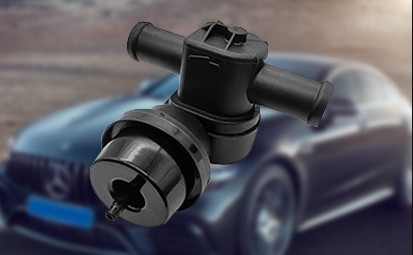
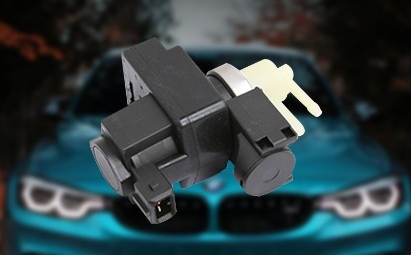
 View More >>
View More >>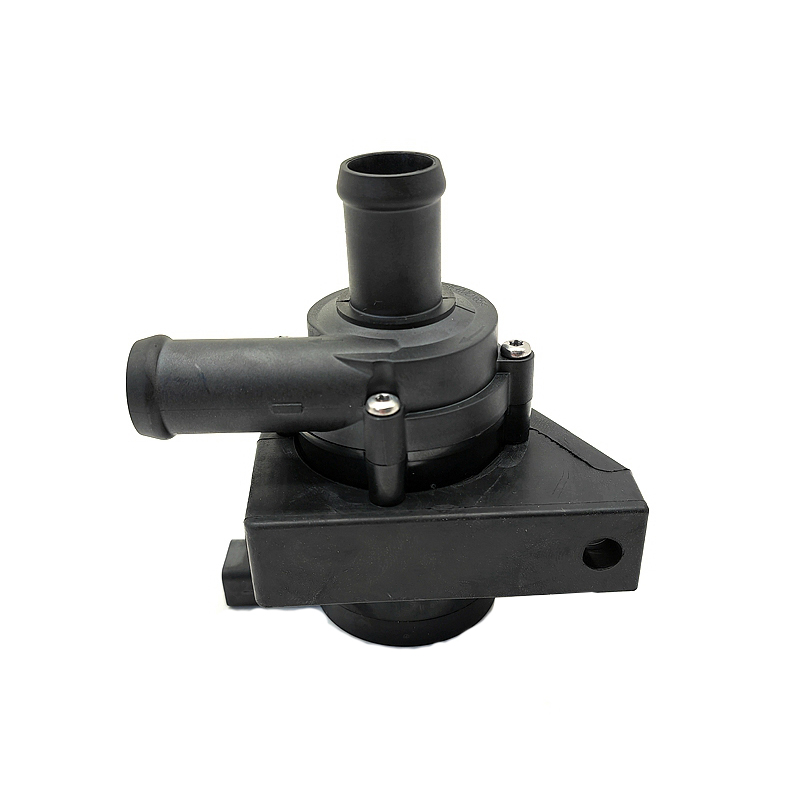 View More >>
View More >>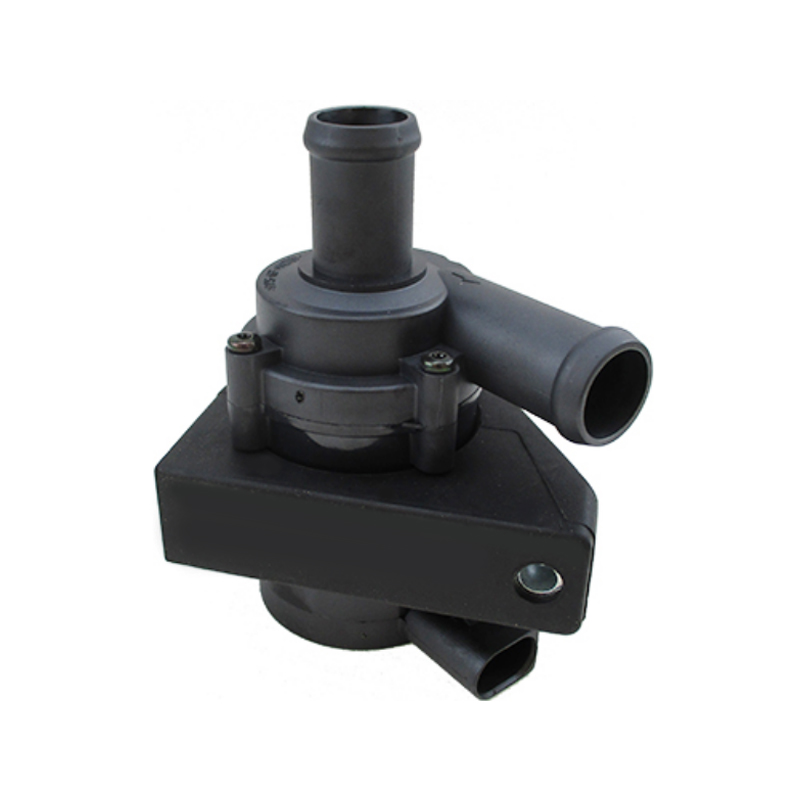 View More >>
View More >>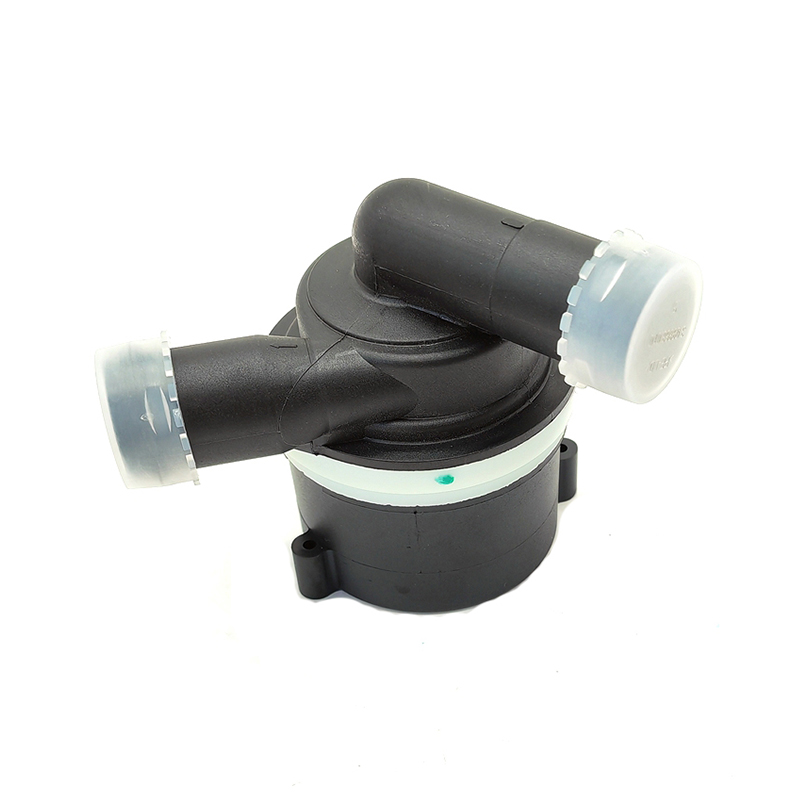 View More >>
View More >>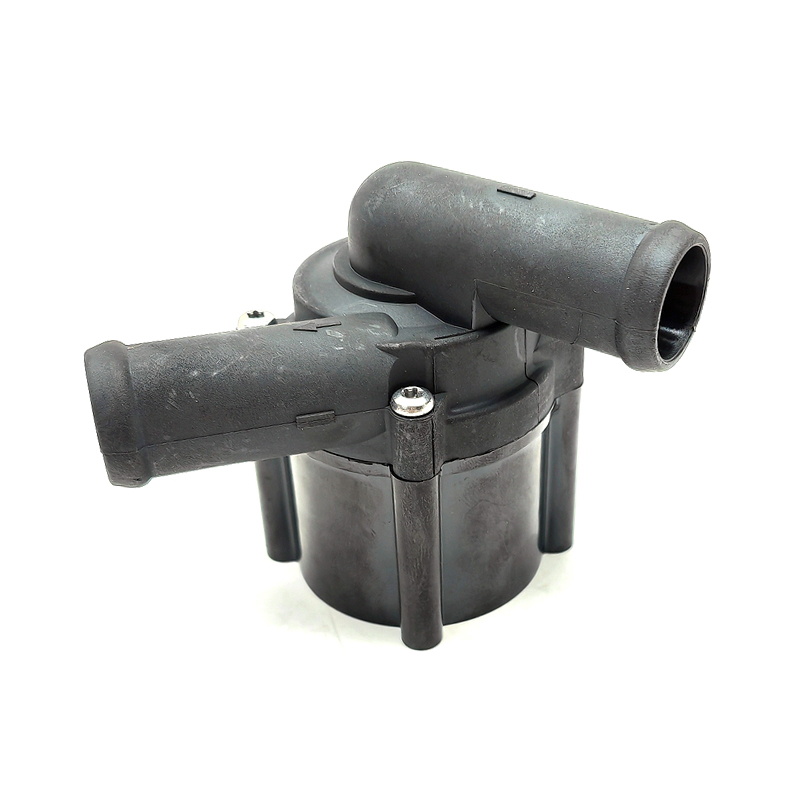 View More >>
View More >>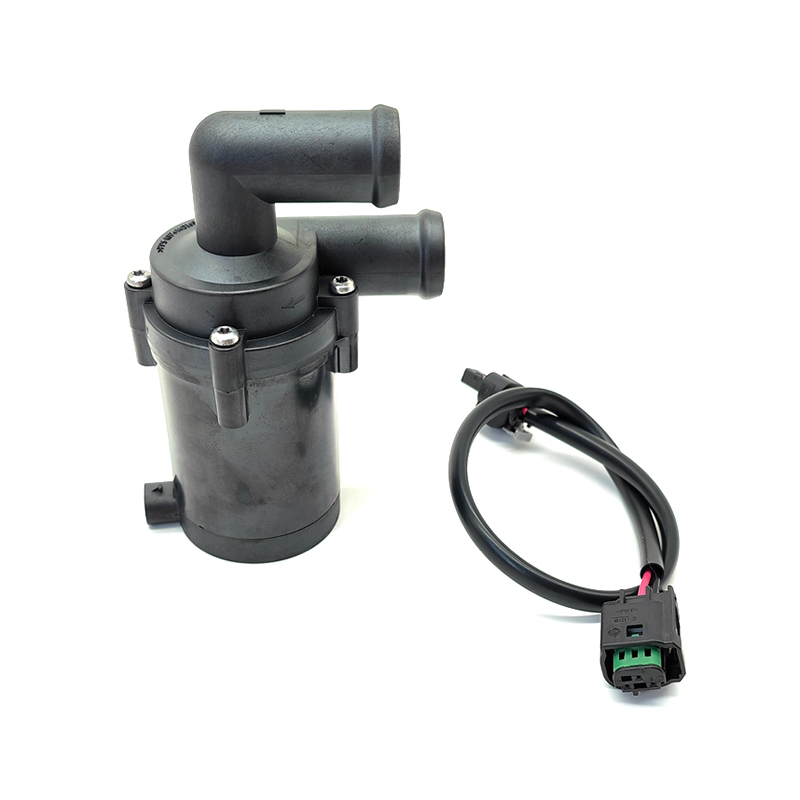 View More >>
View More >>